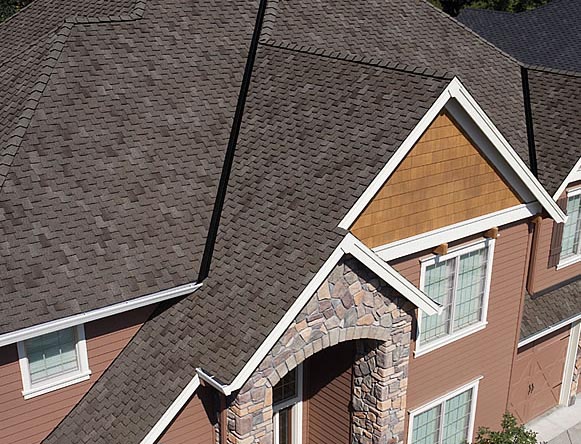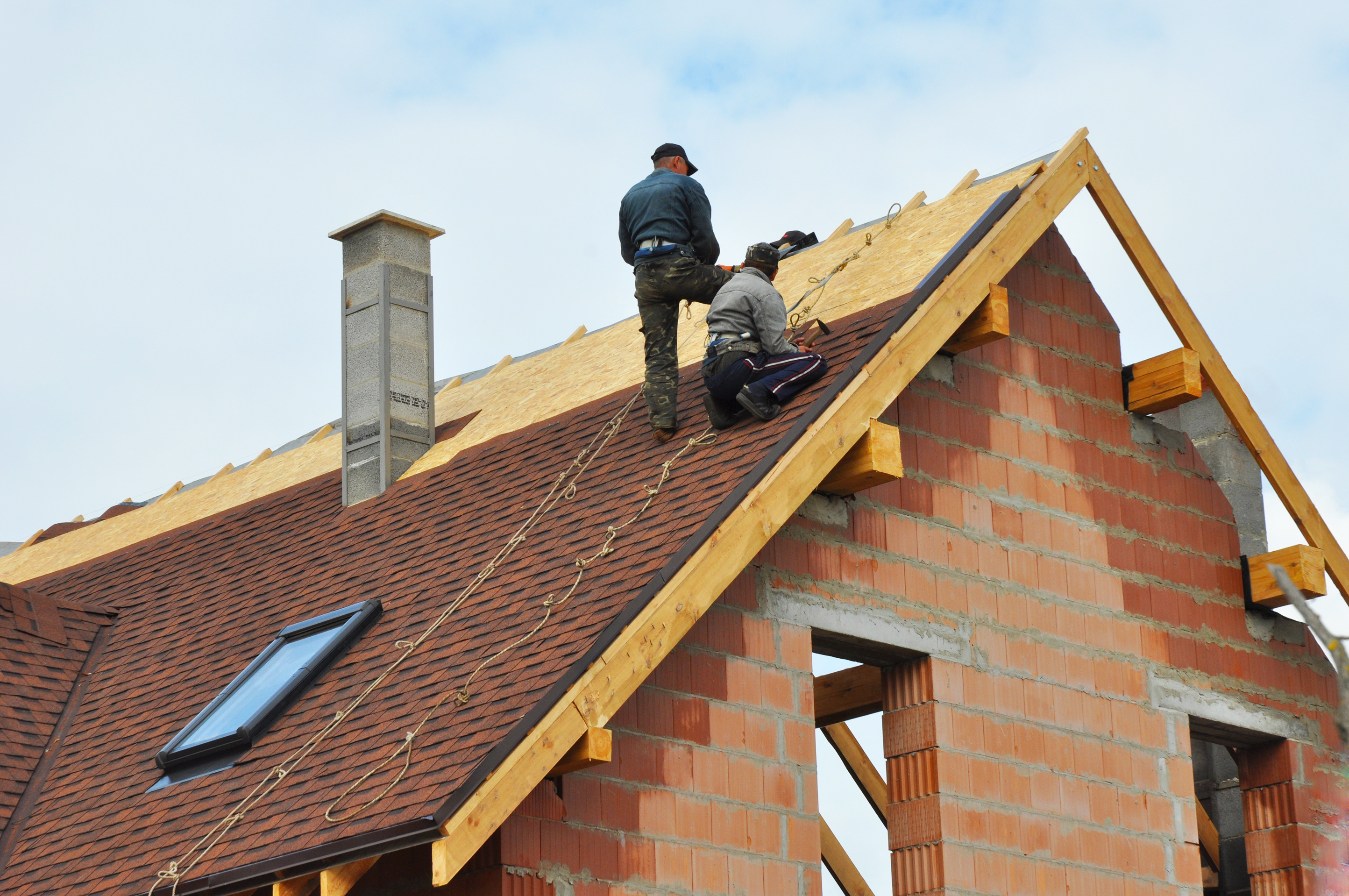Step-by-Step Guide to Discovering the Right Roofing Companies in Gainesville
Step-by-Step Guide to Discovering the Right Roofing Companies in Gainesville
Blog Article
Best Practices for Ensuring Proper Roof Ventilation
A well balanced intake and exhaust vent proportion, generally 1:300, plays an essential function, with intake vents ideally put at the reduced edge of the roof for great air entrance and exhaust vents at the peak for cozy air exit. Keeping insulation away from vents is critical to avoid air movement constraint.
Understand Air Flow Essentials
Correctly understanding ventilation essentials is necessary for making sure the long life and effectiveness of roof. Reliable air flow alleviates dampness accumulation and temperature extremes in the attic room, both of which can result in considerable structural damage over time. A well-ventilated roofing assists in avoiding usual problems such as mold growth, timber rot, and ice dams, which can compromise the stability of the roof materials and the underlying frameworks.
The primary goal of air flow is to assist in the motion of air, allowing for a constant exchange between the interior and outside environments. This equilibrium is accomplished via a mix of intake and exhaust vents that interact to maintain ideal air movement. Intake vents, generally located along the soffits or eaves, enable fresh air to get in the attic space, while exhaust vents, often situated at or near the roofing system ridge, allow warm, humid air to leave.
Secret variables affecting the effectiveness of roof air flow include correct positioning, adequate sizing, and guaranteeing that both intake and exhaust vents are unobstructed. Regular examination and maintenance are vital to determine potential obstructions, damage, or inadequacies in the air flow system, therefore protecting the roof's performance and longevity.
Kinds Of Roof Covering Vents
Roofing vents play an essential duty in maintaining effective attic room air flow and, by expansion, the general health of the roof system. Different kinds of roof covering vents are offered, each with distinct benefits tailored to certain roof covering needs.

Soffit vents are set up under the eaves and operate in tandem with roof vents to ensure a balanced consumption and exhaust system. By permitting cooler air to go into from below, soffit vents facilitate the expulsion of hot air through upper vents. Gable vents, situated on the exterior walls of the attic, deal one more reliable option, especially in homes with saddleback roofs.
Examine Your Current Ventilation

Next, think about the age and problem of your roof covering products find out and ventilation elements. Older systems may not adhere to existing building regulations or might have weakened gradually, minimizing their effectiveness. Conduct a comprehensive assessment to identify any type of indicators of deterioration, such as corrosion, damages, or voids that could More Bonuses compromise the system's performance.
Additionally, determine the attic room temperature and humidity levels. High temperature levels and humidity can indicate inadequate ventilation.
Installment Best Practices
Effective installation of roof covering air flow systems is paramount for making certain optimal efficiency and durability. Appropriate installment begins with understanding the particular ventilation demands of the roofing and the building it covers. This includes computing the correct proportion of intake to tire vents, normally adhering to the 1:300 guideline, which states one square foot of air flow for every single 300 square feet of attic flooring room.

The placement of vents is similarly crucial. Intake vents ought to be mounted at the roofing system's reduced edge, usually in the soffits, to allow awesome air to enter. Exhaust vents, on the other hand, need to be set up near or at the roof's optimal to help with the exit of warm, damp air. This develops a natural air flow that assists maintain temperature and moisture equilibrium within the attic area.
Seal all air vent connections diligently to avoid air leaks and prospective water infiltration. Use high-quality materials and comply with supplier standards to make certain durability and performance. Additionally, integrating ridge vents with baffles can dramatically boost airflow effectiveness by preventing wind-driven rainfall and snow from entering more the attic.
Ultimately, precise installment of roofing ventilation systems mitigates potential problems such as mold and mildew development, ice dams, and structural damages, ensuring the roofing's stability and the building's overall health.
Regular Maintenance Tips
Uniformity in maintenance methods is fundamental to guaranteeing the long-lasting effectiveness of roof ventilation systems. Regular inspections are crucial, ideally performed biannually-- in the spring and autumn. During these evaluations, guarantee that vents are without particles, nests, and various other obstructions that might restrain airflow. Inspect for any indicators of moisture build-up or mold, as these can show improper ventilation or leaks (gainesville fl roofing companies).
Cleansing the vents is one more essential task. Use a soft brush or a vacuum to eliminate dust and particles from consumption and exhaust vents. Beware not to harm the air vent displays or louvers during the procedure. Additionally, check the attic room space for any kind of signs of water damages, which can jeopardize the stability of the roofing system.
Proper insulation is just as essential. Guarantee that attic insulation does not obstruct the vents, as this can badly restrict air flow. Reposition or change it to preserve an effective obstacle. if any insulation has actually moved or resolved.
Lastly, replace any harmed or missing elements promptly. Broken vents, cracked tiles, or shabby blinking can all add to inadequate air flow and ought to be dealt with without delay. Routine maintenance makes sure that the roof covering air flow system works ideally, consequently prolonging the life-span of the roofing system itself.
Verdict
Making certain correct roof covering air flow is critical for keeping the performance and sturdiness of a roof. Adherence to the 1:300 intake and exhaust air vent ratio, paired with the critical placement of vents, is crucial. Regular semiannual examinations, particles cleaning, and making sure insulation does not block airflow are important techniques. Executing these best techniques will certainly cultivate a well-ventilated roof system, thus alleviating possible concerns connected to moisture buildup and excessive warmth, ultimately extending the roofing's life-span.
A balanced intake and exhaust air vent ratio, typically 1:300, plays a critical role, with intake vents ideally placed at the lower side of the roofing for awesome air entrance and exhaust vents at the peak for warm air exit. Consumption vents, usually located along the eaves or soffits, permit fresh air to get in the attic space, while exhaust vents, typically situated at or near the roof covering ridge, allow warm, damp air to leave.
Soffit vents are mounted under the eaves and work in tandem with roofing vents to guarantee a balanced consumption and exhaust system. By allowing cooler air to go into from below, soffit vents promote the expulsion of hot air through upper vents. Adherence to the 1:300 intake and exhaust air vent ratio, coupled with the strategic placement of vents, is important.
Report this page